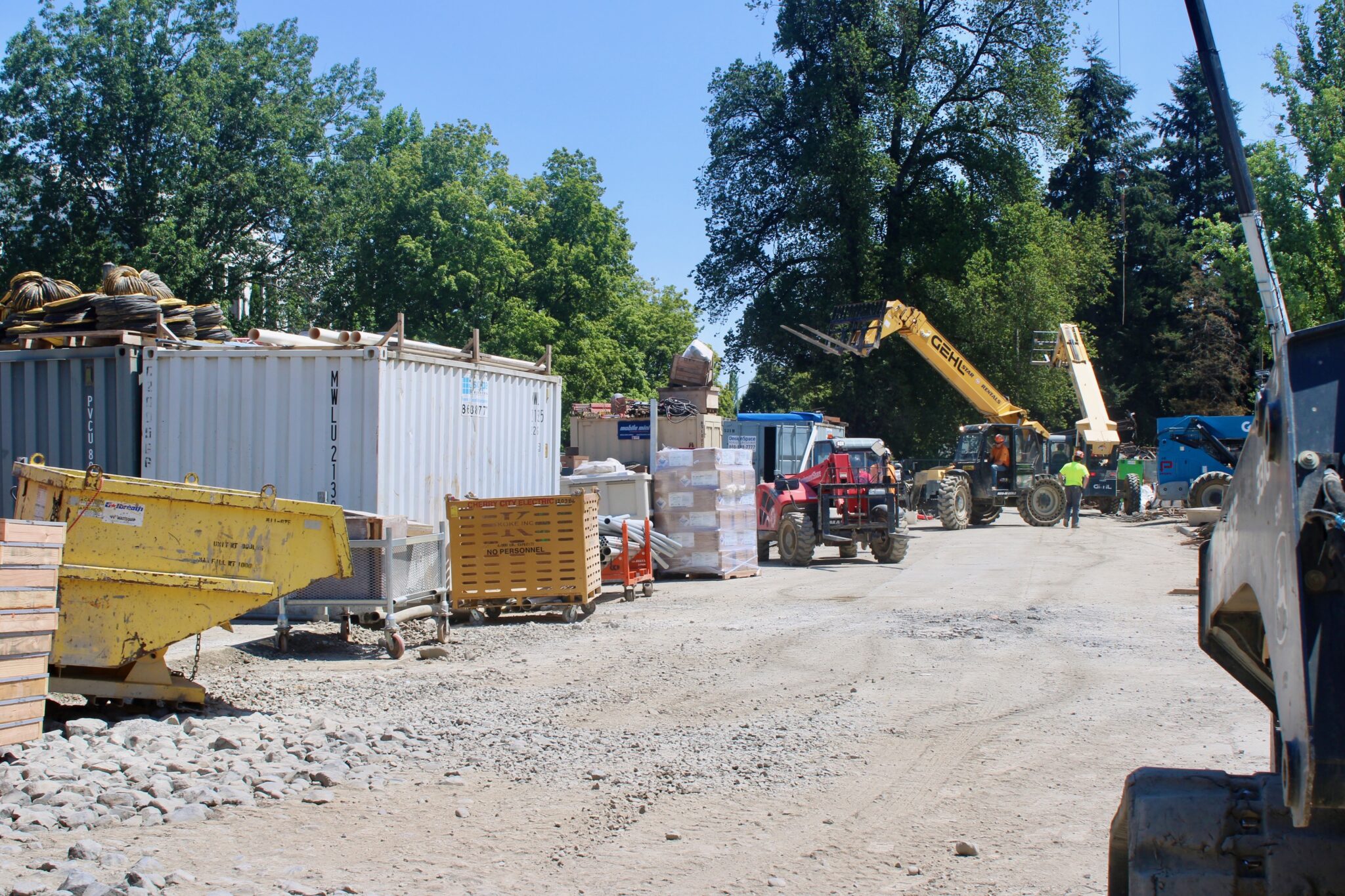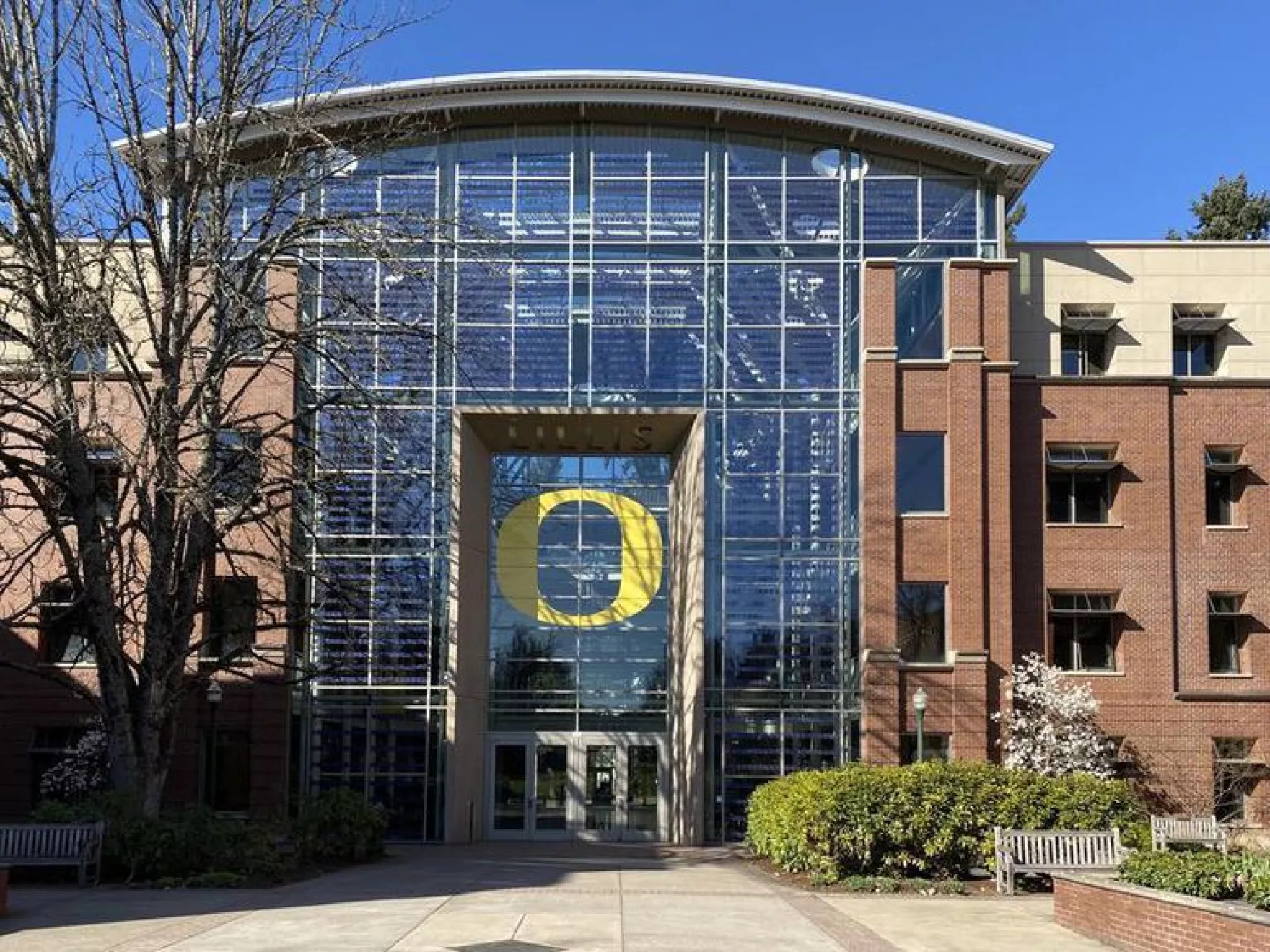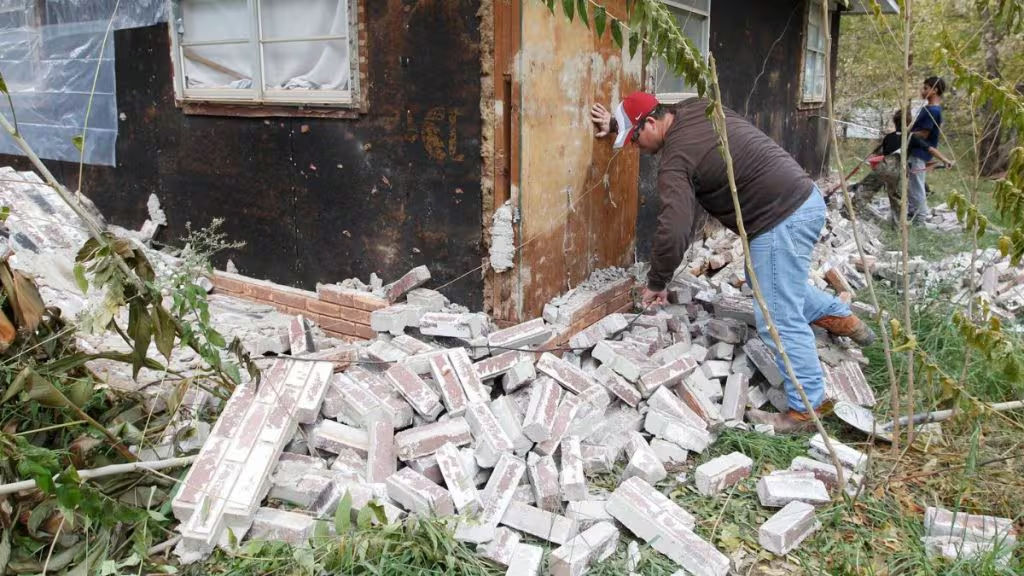SALEM, Ore. – In a sweeping new measure to prepare for the inevitable Cascadia Subduction Zone earthquake, Governor Tina Kotek signed an executive order Monday requiring that most new state-owned buildings be earthquake-proof, with all executive branch properties upgraded or replaced by 2060.
Preparing for “The Big One”
Kotek framed the order as essential to ensuring that state buildings remain safe and functional during a catastrophic earthquake, often referred to as “The Big One.”
“When a devastating earthquake hits Oregon, we need to be able to show up for Oregonians,” Kotek said in a statement. “State employees are the backbone of emergency response, and they need safe places as they help families and communities recover. We cannot waver from this responsibility.”
The Cascadia fault last ruptured in 1700, generating a massive quake and tsunami that struck the coasts of Oregon, Washington, and California. Scientists estimate such quakes occur every 300 to 500 years.
The Seismic Threat
Seismologists forecast a 16% to 22% chance that a Cascadia Subduction Zone earthquake of magnitude 8.7 or greater will strike Oregon within the next 50 years. They also estimate a 42% chance of a partial rupture producing a quake of at least 7.4 magnitude.
For perspective, the Great Chilean Earthquake of 1960—the strongest ever recorded—measured 9.5 magnitude, while Alaska’s 1964 quake reached 9.2. Experts warn that Cascadia’s “Big One” could be nearly as powerful, potentially in the 8.0 to 9.0 magnitude range.
“An M8-9 earthquake in our future is inevitable, and seismically sound state buildings will be crucial,” said Chris Goldfinger, professor emeritus at Oregon State University’s College of Earth, Ocean, and Atmospheric Sciences. “This is the kind of proactive action Oregon needs.”
Executive Order Requirements
The order immediately applies to all new state-owned buildings larger than 10,000 square feet—roughly a quarter the size of a football field. These must be built to modern seismic safety standards.
For existing facilities, upgrades will be phased in through 2060. Priority will be given to:
-
Buildings larger than 50,000 square feet
-
Structures that house first responder agencies
-
Facilities in strategic emergency locations
Among those slated for retrofits are the Oregon Department of Education in Salem and the Bureau of Labor and Industries in Portland. However, retrofitting or replacement will require legislative approval of funding, adding a political and fiscal challenge to the technical one.
Capitol as a Model
Kotek’s order comes as the state Capitol nears completion of a $598 million seismic retrofit. The nearly 90-year-old building was placed on flexible base isolation discs, allowing it to move safely with seismic waves rather than collapse. The Capitol project serves as a model for the scale and complexity of what the executive order envisions.
Long-Term Commitment
Oregon has often been criticized for being slow to prepare for Cascadia’s inevitable rupture. Advocates say Kotek’s order represents one of the most ambitious state-level commitments to earthquake resilience to date.
By 2060, if the plan is fulfilled, all state executive branch buildings will be either seismically upgraded or newly built to withstand catastrophic shaking—ensuring that government can function as a hub for emergency response and recovery when Oregon needs it most.












Leave a Reply